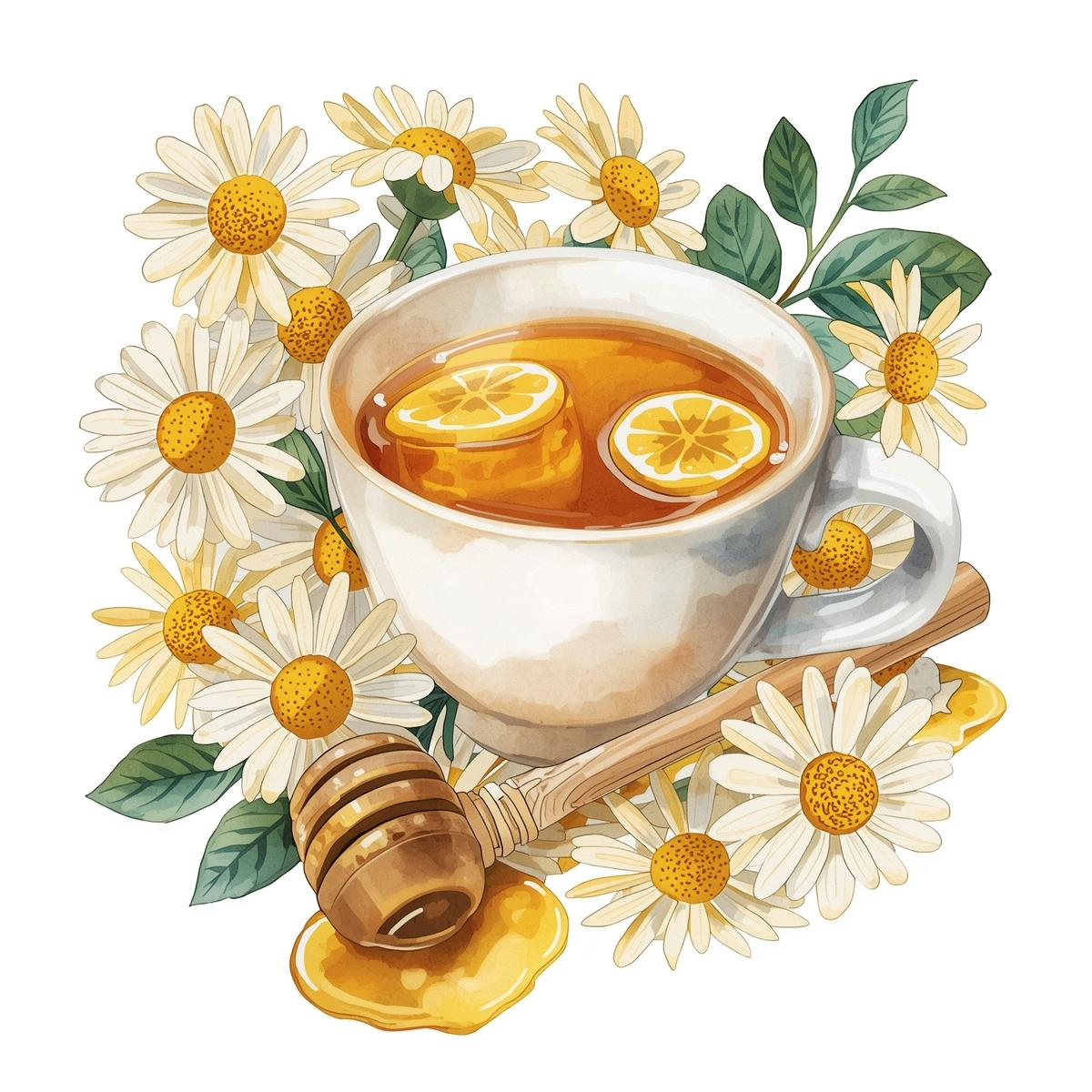As the colder months set in, the familiar sniffles, sore throats, and body aches return to many households. While conventional medicine offers a variety of over-the-counter and prescription options for managing cold and flu symptoms, a growing number of people are turning to homeopathy—a natural system of medicine that has been used for over 200 years. Many users report symptom relief and a gentler approach to care during cold and flu season.
Developed in the late 18th century by German physician Samuel Hahnemann, homeopathy involves using highly diluted preparations of natural substances—plants, minerals, or animal products—chosen based on a person’s specific symptoms. Unlike conventional medicine, which tends to treat diseases based on diagnosis, homeopathy focuses on the individual’s unique symptom profile, energy levels, and emotional state.
Common Homeopathic Remedies for Cold and Flu
Homeopathic remedies are available in pellet, liquid, or tablet form, often labeled with potencies like 6C, 30C, or 200C. Here are some of the most frequently used remedies during cold and flu season:
1. Oscillococcinum
- Used for: Early signs of the flu such as fatigue, chills, and body aches.
- Notes: One of the most popular over-the-counter homeopathic remedies, often used preventatively.
2. Aconitum napellus
- Used for: Sudden onset of cold or flu, especially after exposure to cold wind or weather.
- Symptoms: High fever, anxiety, and restlessness.
3. Gelsemium sempervirens
- Used for: Slow-onset flu with chills, drowsiness, and muscle weakness.
- Symptoms: Heavy limbs, headaches, trembling.
4. Belladonna
- Used for: High fever with flushed skin and throbbing headaches.
- Symptoms: Sensitivity to light and noise.
5. Eupatorium perfoliatum
- Used for: Severe flu with intense body aches and chills.
- Symptoms: Pain in the bones and eyes, frequent thirst.
6. Arsenicum album
- Used for: Burning nasal discharge, weakness, and restlessness.
- Symptoms: Worsening at night, anxiety, thirst for small sips of water.
7. Pulsatilla
- Used for: Colds with thick, yellow mucus and shifting symptoms.
- Symptoms: Emotional sensitivity, especially helpful for children.
How to Choose a Remedy
In homeopathy, the remedy must closely match the individual’s specific set of symptoms—both physical and emotional. A trained homeopath can help choose the most appropriate treatment, though many people use basic guides to self-prescribe for minor ailments.
Key considerations:
- Onset (sudden or gradual)
- Type of mucus (clear, yellow, thick, burning)
- Mood and energy level
- Time of day symptoms worsen
Is Homeopathy Safe?
Homeopathic remedies are generally considered safe because of their high dilution levels. Many users find value in the holistic approach, personalized care, and gentleness of homeopathic remedies—especially for mild, self-limiting illnesses.However, users should:
- Buy from reputable sources.
- Ensure they’re not used in place of essential medical treatment, especially for serious infections.
- Consult a doctor or professional homeopath if symptoms worsen or persist.
Supporting Cold & Flu Recovery Naturally
Whether or not you choose homeopathy, the following practices can support immune function during cold and flu season:
- Rest and hydration
- Nutritious diet, rich in vitamin C, zinc, and antioxidants
- Warm fluids (herbal teas, broths)
- Humidifiers or saline nasal sprays
- Proper hand hygiene
Final Thoughts
Homeopathy offers a gentle, individualized approach to managing cold and flu symptoms. While it should not replace conventional care for serious or persistent illness, it can be a complementary option for those seeking natural support—particularly when symptoms are mild and self-resolving.
As always, consult with a healthcare professional before beginning any new treatment—especially if you’re managing chronic health conditions, are pregnant, or caring for young children.

